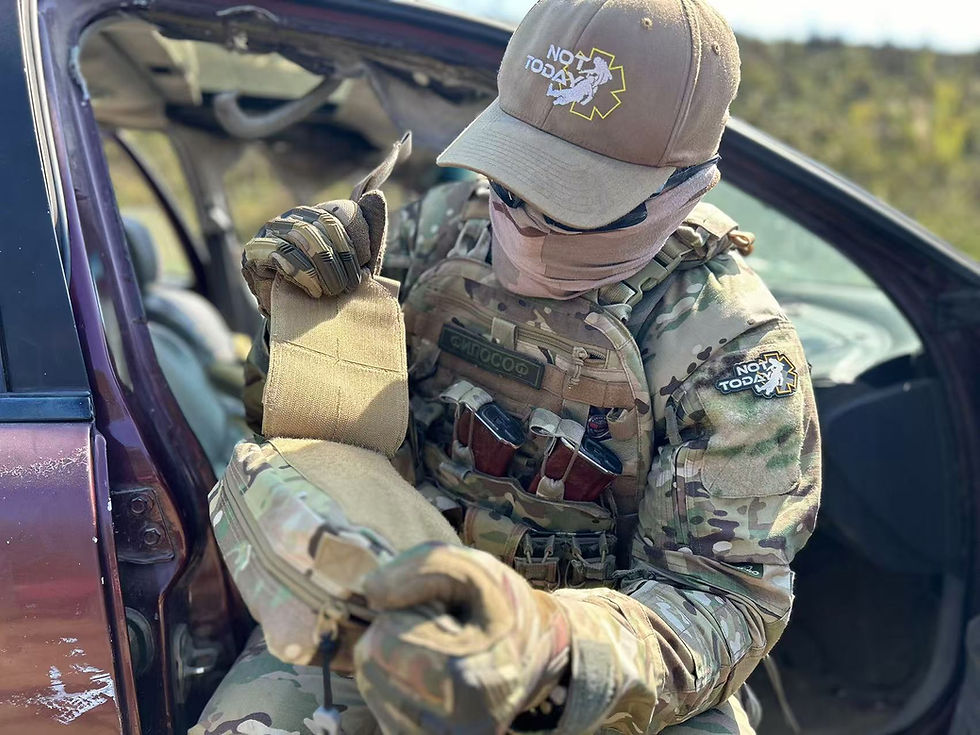Tourniquets: One may not be enough
- YEYETAC™

- Aug 1, 2022
- 2 min read
Updated: Oct 8, 2024
Tourniquet is one of the most important medical supplies in IFAK kit. It's used to stop massive bleeding. It's like an insurance policy you hope you never have to use, but when you need, you'd better have it.
How many tourniquets should a soldier carry? The answer is: at least two.
There are two major reasons why you should consider stock two tourniquets.

One tourniquet is probably not enough
When you got shot and you have massive bleeding, you'll apply a tourniquet and realize the bleeding didn't stop. If the first tourniquet didn't stop the bleed, don't remove the first one and you just apply the second one above the first tourniquet till the bleeding is controlled. Use the second one for yourself if one is not working out, apply another one above.
Keep one for you and another one for the comrade.
If you are in fighting and your comrade got shot, here is an approach: use their tourniquet on them. It's not about sharing, in the battlefield, by using their tourniquet you ensure you still have yours at the ready. Keep yours for yourself, and if they run out their tourniquet then use the second one for them. So, the second one could also be kept for your comrade in emergencies.

Where to Stock the tourniquet ?
Just remember your tourniquet is not stocked in the medical kit, it should be stocked individually out of the pouch or on the plate carrier, you make sure when something happens you could grab your tourniquet immediately without looking, and you apply the tourniquet to stop the bleed in 30 seconds.




Comments